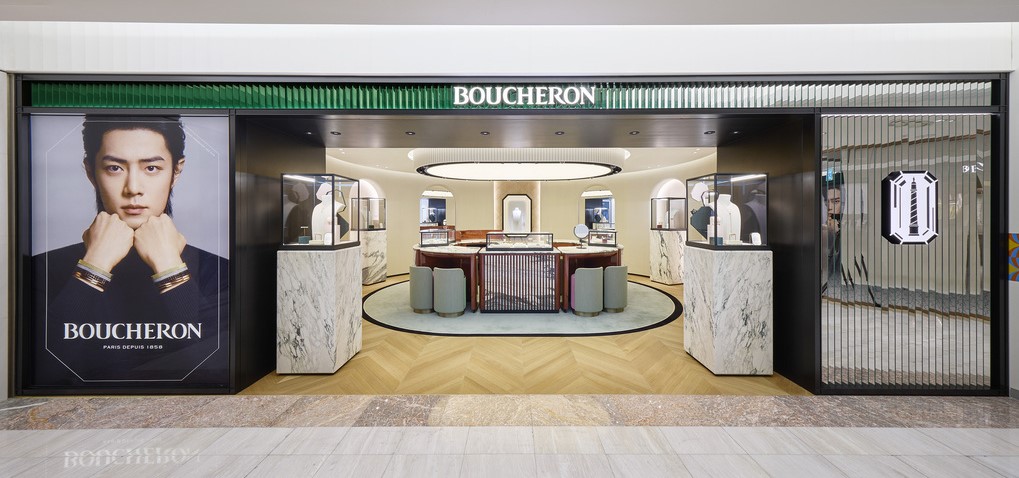Mistakes to Avoid When Buying a New Display Fridge
The right display fridge does more than keep your food items cool—it also helps you showcase your products at their best.

Have you ever walked into a busy café and noticed the gleaming fridge brimming with tempting cakes, sandwiches, and drinks? Doesn’t it make you want to stop, stare, and place an order? Now, imagine having that same eye-catching display fridge in your own shop. But here’s the catch: buying the wrong display fridge can be a real headache. You might end up wasting energy, struggling with maintenance, or even losing food freshness. By the time you realise the mistake, it’s often too late.
By the end of this post, you’ll feel more confident about picking the best fridge for your shop or café. Whether you’re drawn to an open display fridge, keen on a glass-door model, or preparing the perfect cake display temperature, we’ll walk you through the essentials. Let’s jump into the details and make sure your display fridge in Melbourne becomes a worthwhile investment.
Why Choosing the Right Display Fridge in Melbourne Matters
Melbourne is a vibrant city known for its foodie culture, bustling shopping strips, and specialty cafés. Being part of this environment means competition is high, and you need to stand out. The right display fridge does more than keep your food items cool—it also helps you showcase your products at their best. Customers love seeing fresh, well-presented items, and a well-chosen fridge will invite them to indulge.
Moreover, Melbourne’s weather can be unpredictable, swinging from hot summer days to chilly winters. This can influence how efficient your fridge is if you don’t pick the right type. A fridge that struggles during high temperatures may cause your power bills to skyrocket, while an unsuitable size could mean you’re cramming your stock together one day and leaving shelves half empty the next. That’s why it’s vital to do your homework before you buy.
Remember that engineering your fridge layout to fit your space and aesthetic helps your service run smoothly too. A suitable display fridge can quickly make your café or shop feel professional and welcoming, encouraging more foot traffic. Ultimately, investing in a proper refrigerator for Melbourne’s environment is a move that benefits both your revenue and your reputation.

Common Purchasing Pitfalls and How to Avoid Them
It’s easy to assume all display fridges work the same. Some people buy based on a single feature—like a glass door that looks stylish or a built-in light that highlights the contents. However, focusing on just one aspect often leads to bigger problems down the line. For instance, if you don’t check if a glass door fridge has the right insulation, you might find yourself asking, “Are glass door fridges less efficient?” when your energy bills soar.
Another common pitfall is overlooking the load capacity. You might buy a small open display fridge because it’s cheaper, only to realise it doesn’t hold the number of pastries or drinks you planned to stock. Consequently, you end up making frequent restocks, which can be a hassle during peak business hours. Plus, there’s the awkward issue of trying to rearrange your shop layout when you realise you’ve run out of space.
To avoid these mistakes, make sure you do thorough research. Look at your daily needs, check the fridge’s energy rating, and think about its dimensions. If you’re in Melbourne, ask local suppliers about typical temperature changes and how the fridge will perform year-round. By approaching your purchase methodically, you’ll dodge these pitfalls and find a fridge that truly complements your business.
Understanding Display Fridge Types
Open Display Fridge, Open Fridge Display, and Open Display Fridges: What’s the Difference?
You might come across terms like “open display fridge,” “open fridge display,” or “open display fridges” and wonder if they all mean the same thing. In practice, they often refer to a similar concept: a fridge with an open front, allowing customers to grab items without opening a door. This design is especially handy for high-traffic stores or cafés where people want to quickly pick up drinks or snacks.
However, the subtle differences can lie in size, shape, and configuration. Some open fridges have no glass barrier at all, whereas others might include partial glass walls on the sides. An open glass fridge typically features a transparent window or panel, but leaves the front open for easy access. These open-style units can create a welcoming vibe that encourages customers to browse and grab items.
Keep in mind, though, that because these units are open to the air, they often need more powerful cooling systems. That can affect their overall energy efficiency and drive up running costs. If you want to use an open fridge display, you must plan your shop layout and energy budget carefully. It’s a great option for boosting impulse buys but might not be the most cost-effective unless you can manage the additional energy requirements.
Open Glass Fridge vs. Enclosed Units: Pros and Cons
Choosing between an open glass fridge and an enclosed display fridge can be tricky. Open glass fridges are brilliant if you want to show off your stock in the most inviting way. Their sleek design and clear visibility can draw in customers and give them immediate access. However, the downside is often higher power consumption. Because these units are exposed to ambient air, they must work harder at maintaining the correct temperature.
Enclosed display fridges, on the other hand, have doors—often glass doors—that help trap cold air inside. That usually boosts their effectiveness and keeps energy bills lower. Yet, enclosed units can require extra effort from customers, who must open the door to see and select what they want. If you run a self-serve café during busy times, that might cause small bottlenecks. The best approach is to consider how frequently your items need restocking and how busy your shop gets. If you want aerodynamic presentation with minimal traffic interruptions, open glass might be the way to go. If cost and temperature control are top priorities, an enclosed unit is a more conservative choice.
Conclusion
Picture yourself flipping the switch on your brand-new display fridge for the first time. You feel relieved knowing you’ve chosen a unit that fits your shop, suits your items, and meets all your energy and layout requirements. After exploring the different fridge types, learning about must-have refrigerator features and benefits, and understanding the value of energy efficiency, you can be confident that you’re set up for success.

















































































